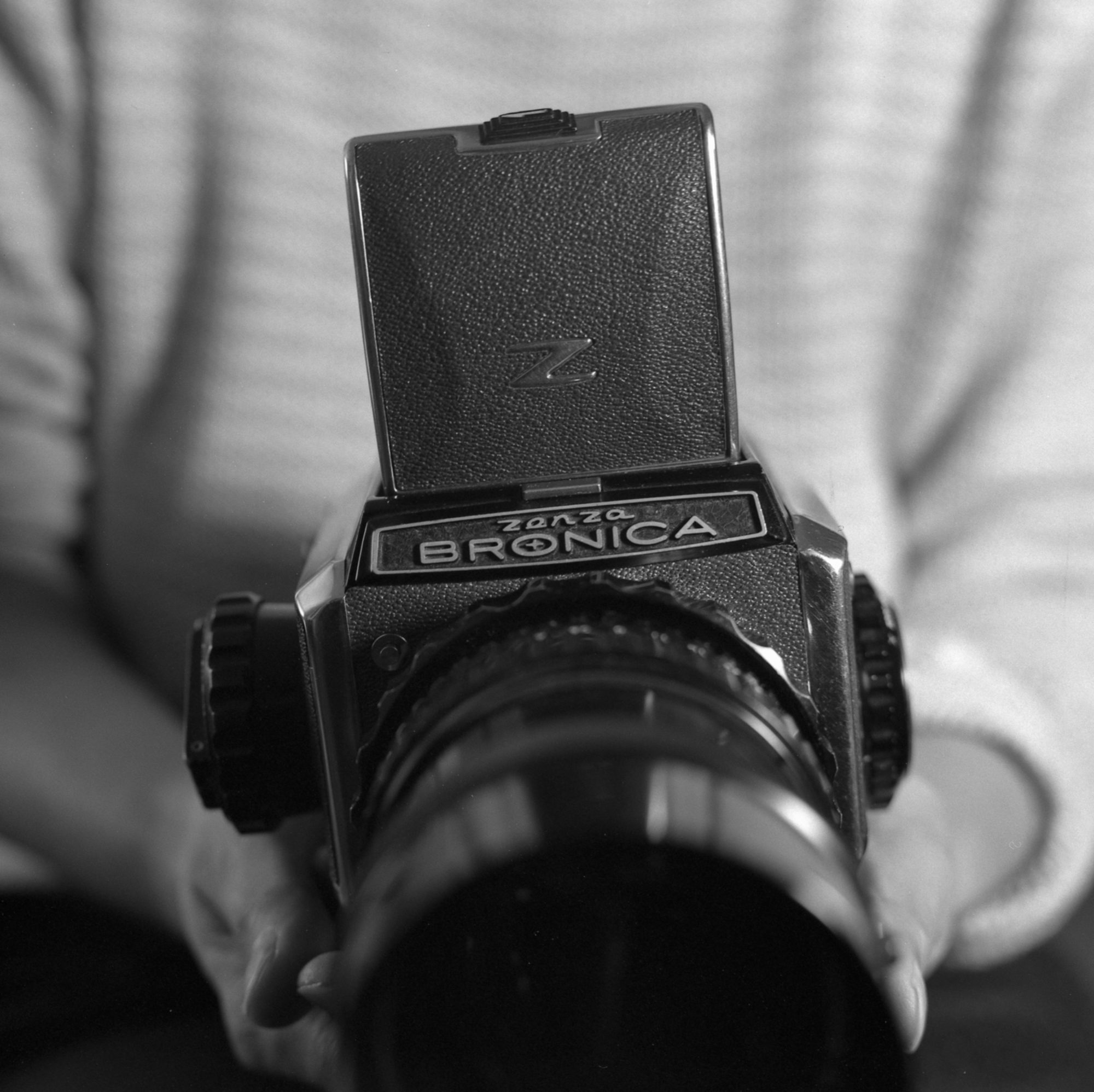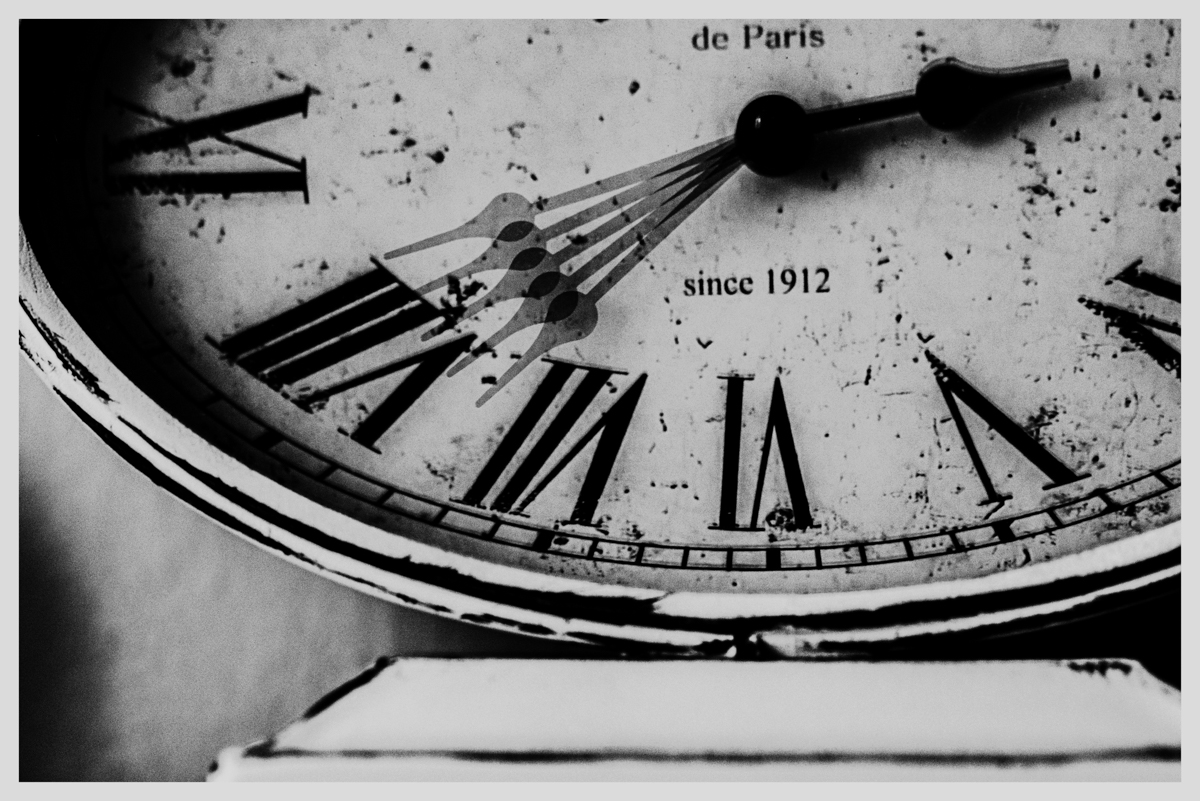This quote, often misattributed to Albert Einstein, points to a fundamental truth: if we repeat the same method and expect a new outcome, we’re not thinking clearly.
It doesn’t really matter who said it.
What matters is that the truth of the statement holds.
You cannot step onto the starting line with a presumption. A presumption is not certainty.
And worse, the presumption itself is often where the fundamental error lies.
If you set out on a journey from a false starting point, no step, no effort, no amount of work
can possibly lead to the right destination. Repeating a method that doesn’t work – just because “it should”, is exactly what that quote describes: a form of madness.
Change will not come from the outside. It must arise from within – from a change of approach. It’s not enough to want a different result. We must challenge the entire process, including its origin.
That means letting go of unverified assumptions, habits, and convenient truths.
Truth is practical, not theoretical.
In the real world, truth is what works when tested.
If a result doesn’t appear,
then something in the system is fundamentally misaligned.
The mistake is not in the outcome – the mistake is in the method.
Even if the method looked correct.
This is the real meaning of the quote – regardless of who first spoke the words.
But what if the method itself is flawed? What if we’ve built our entire understanding of the world on assumptions that were never questioned – units, forces, time, constants?
What if the starting point is the problem?
And what if the very way we measure is just a repetition of the same pattern – expecting different results by merely refining a premise that may be fundamentally wrong?
That is why we decided to start from scratch.
We decided to abandon all conventional units. No kilograms. No meters. No seconds. Not even “physics” as we know it. And yet, we aimed to arrive at a fully consistent description of something profoundly physical: the directional energy potential – purely through interactional logic.
The following document demonstrates how such a relationship can be derived without time, without SI, and without assumptions – accessible to any observer who can act, compare, and reflect.
Deriving the Directional Energy Potential without Physical Units
Goal:
To derive the directional energy potential (SEP) without using any physical units (such as kg, N, m, s), without the SI system, and without the concept of time. The foundation is solely the interaction logic of an observer who has no knowledge of physics, but is capable of noticing differences and performing repeatable actions.
Phase 0: No Concepts
– The observer distinguishes between different states – for example, an empty versus a filled container.
– They notice that a state can be “more” or “less” filled.
– This leads to the introduction of the concept of “volume” – as a way to describe the difference between such states.
Phase 1: Balance and Quantity
– Using a seesaw, the observer compares two containers.
– They notice that when both containers have the same volume, the seesaw is balanced.
– This leads to the introduction of the concept of “mass” as a scale of balance between two volumes.
Phase 2: Displacement, Direction, and the Unconscious Act
– The observer moves one of the containers further away from the center of the seesaw.
– The balance shifts – the seesaw tilts toward the side with the moved container.
– This effect is perceived as a change, although the observer does not yet have names for distance, direction, or force.
Only in hindsight do they realize:
Before any change occurred, they had performed a concrete action – a displacement – that had a direction.
This means the direction was executed prior to recognizing the outcome.
– This direction is not invented afterward, but is always inherently present as part of the action itself.
– The observer discovers that the result depends on where the container was moved.
→ This leads to the emergence of a projection parameter:
d
Phase 3: Scale and Repeatability
– The observer marks a scale along the arm of the seesaw.
– They establish a relationship between both sides:
(q · d = q’ · d’)
They introduce:
(E := q · d)
to describe the effect of a configuration – how strongly the system is displaced.
– The observer finds that repeating the same configuration always produces the same result, regardless of how fast or how often the action is performed.
→ Frequency has no influence. Time plays no role in the measurement.
Phase 4: Derivation of the Directional Energy Potential
– Mass is defined as:
(m := q · d)
– Energy is defined as:
(E := q · d)
– Directional energy potential is then obtained as:

Conclusion
The final derived equation is:

This equation:
– is completely independent of any physical units,
– introduces:
– energy as the interactional effect of a configuration,
– mass as the number of carriers,
– direction as the projection of the result,
– and defines the directional energy potential (SEP) as an elementary relation between configuration and outcome.
This result is:
– invariant with respect to time (independent of repetition frequency),
– accessible to any observer without knowledge of physics,
– and transferable to any physical structure or model without relying on the SI system.
With phi as the only fundamental quantity, I am able to derive everything using the equation:

In my previous post, I also shared links to my publications on the open science platform Zenodo, operated by CERN.
Most of those works deal with situations where modern physics resorts to “dark forces” or singularities to explain phenomena, constructs that, in my theory, have no necessity and no physical justification.
A Personal Note – from a Photographer’s Perspective
As a photographer, I know something about this.
It is absolutely crucial to point the lens in the right direction, so that the good light falls precisely where it should. The scene doesn’t just “happen”, it is projected through optics into a specific layer.
A layer that has no time.
Because once captured,
that light – that moment,
will never change.
It will remain exactly as I recorded it,
no matter how much time passes.
The projection defines everything.
Direction matters more than motion.
And sometimes, the truth is not in how fast things move,
but in how precisely they align.
P.S. If anyone is interested, I would be happy to explain how the following are calculated within the TRR–NOTIME framework:
- Fundamental TRR–NOTIME units
- Derived units and SEP relations
- Numerical values from TRR simulations (reference configuration)
- Full spectrum of the hydrogen atom in TRR units
- Calibration of TRR units relative to SI (reference conversion)
- Fine structure in TRR–NOTIME
- The Lamb shift as secondary SEP interference
- TRR structure of the electron as a SEP configuration
- Spin, magnetic moment, and SEP-flip transitions
- TRR model of the helium atom and projection interference
- Nuclear structure
- Two-electron configurations
- System energy and projection interference
- TRR model of molecular bonding – shared SEP projection
- Bond formation as stabilized SEP interference
- H–H bonding (hydrogen molecule)
- Reactivity and decay
- Polarization and geometry explained
- TRR quantum statistics and the Pauli principle
- Layer occupation principle
- Statistical behavior and degeneracy in TRR
- Molecular applications
- TRR quantum vacuum and the Casimir effect
- Reinterpretation of “vacuum” in TRR–NOTIME
- Casimir effect as projection shielding between two SEP structures
- Standard interpretation (for comparison)
- TRR interpretation: no fluctuations, no time
- Force between plates as asymmetrical SEP saturation
- Quantitative model in TRR units
- Experimental verification and TRR predictions
- Zero-point and Casimir pressure as SEP displacement in saturated projection space
- Vacuum as a φ₀-state
- Fluctuations as structural perturbations
- Reinterpretation of virtual particles
- TRR prediction: Vacuum is not chaotic, but topologically latent
- Resistance of vacuum as a SEP response to structural traversal
- In TRR there is no motion, only projection change
- Vacuum is not empty, but fully saturated with the φ₀-state
- Resistance as a reaction to directional saturation
- TRR prediction: Vacuum dampening effect for incompatible SEP direction
- Casimir pressure in TRR as a SEP gradient
- Removal of “quantum vacuum” as a required medium
- Summary: Quantum vacuum and Casimir effect in TRR–NOTIME
- Wavefunction collapse in TRR–NOTIME
- Collapse problem in conventional QM
- TRR–NOTIME reinterpretation: no collapse, no probability
- System state as a projection profile
- Interaction selection and “collapse”
- SEP compatibility instead of probability
- Elimination of the Heisenberg uncertainty principle
- Quantifying SEP compatibility and probability
- Explaining interference, tunneling, and energy levels
- Entanglement in TRR–NOTIME
- Heisenberg relation from TRR (quantification attempt)
- Reinterpreting Schrödinger’s equation in TRR–NOTIME
- Classical Schrödinger equation
- TRR reinterpretation: distribution of interactional compatibility
- Interpretation difference and the Schrödinger’s cat case
- Double-slit experiment as a physical superposition
- Structural SEP bonds and transitions
- Strong interaction as SEP saturation
- Weak interaction as transitions between SEP configurations
- β⁻ decay – neutron decay
- Radioactive decay and half-life without time
- α decay of uranium ²³⁸U
- Entangled state as shared SEP node
- Polarization entanglement – Aspect 1982
- Bell correlations as projection coherence
- CHSH inequality – measured S value
- Gauge symmetry – TRR rejection of symmetry-based rescue mechanisms
Feel free to reach out. Occam’s razor now stands firmly on the side of this theory. Your observer, Mic…. fool on the hill 😉📷🎞


